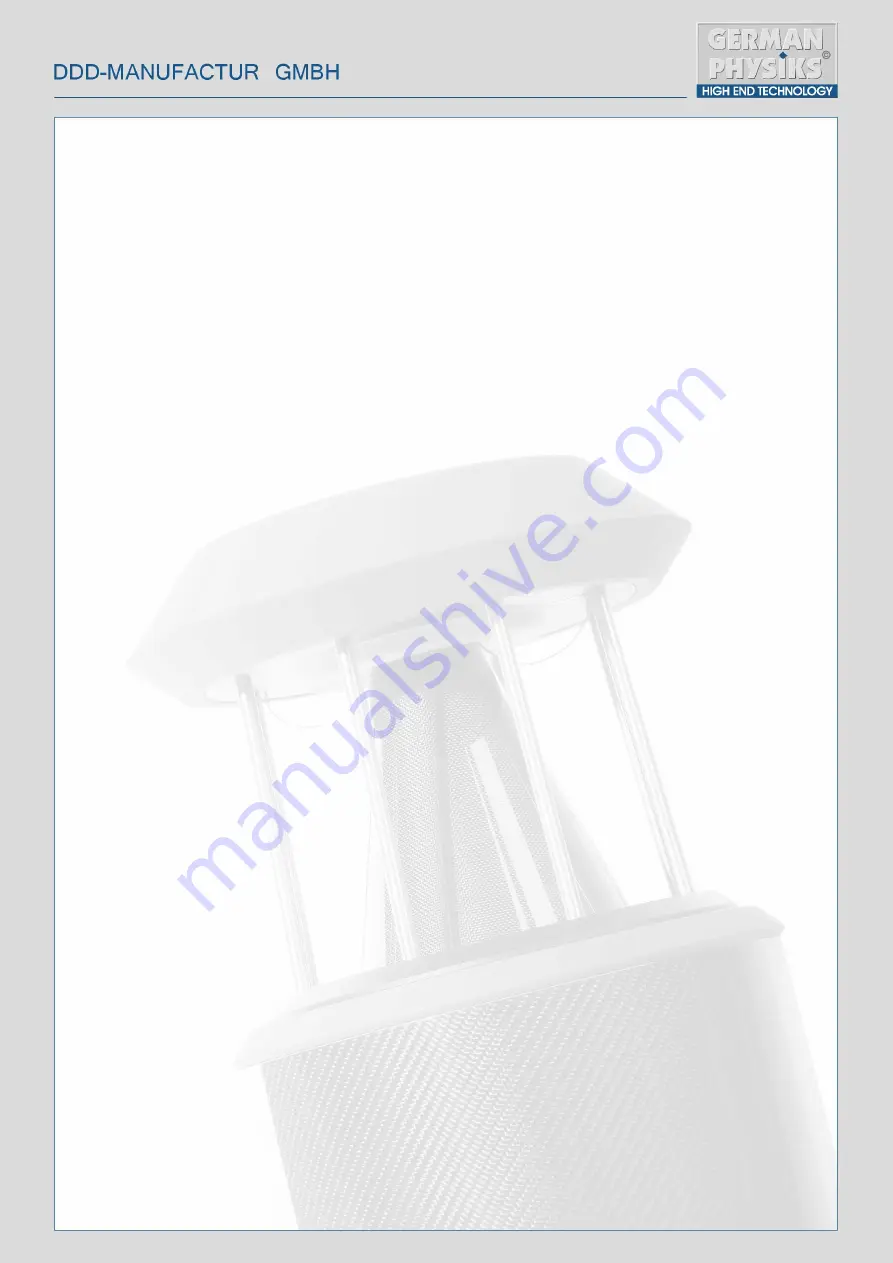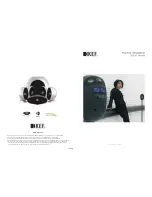
7
sitting squarely on all four spikes. The locking nut (B figure 5) can now be tightened up
against the base of the loudspeaker by hand.
2.
If the loudspeaker can be rocked in the 2 o’clock to 8 o’clock direction
, lean the
loudspeaker to the right and screw
out
the left hand front spike by the amount of
movement you saw. Set the loudspeaker back upright and repeat the process until it is
sitting squarely on all four spikes. The locking nut (B figure 5) can now be tightened up
against the base of the loudspeaker by hand.
Listening Room Layout
The following points will help you optimise your listening room layout.
1. The left and right sides of the room should be symmetrical. If the room is asymmetrical, this will
degrade the quality of the stereo image. This is because most of the sound energy that you hear is
reflected before it reaches your ears.
2. Place the loudspeakers symmetrically in the room, i.e. the same distance from the centre line of the
room and the same distance from the front wall.
3. Avoid placing the loudspeakers similar distances from the side and front walls, as this may lead to
an uneven bass response.
4. Avoid having any hard surfaces between your listening position and the loudspeakers. This will
generate additional reflections that may degrade the stereo image. For this reason, where ever
possible equipment should be located at the side of the room. If you have a hard floor (tile or wood), it
may be helpful to place a carpet on the floor covering the area between the loudspeakers and the
listening position, as this will reduce unwanted early reflections.
5. Avoid having the listening position closer than 1.2m from the rear wall, as early reflections from this
wall will degrade the stereo image.
6. If the room has acoustic panels or other room treatments try the initial set-up with these removed.
The Ultimate being an omnidirectional loudspeaker interacts with the room in a very different way than
conventional designs and it relies on a certain amount of reflection off the walls to work properly.
Excessive absorption prevents the formation of good stereo images and can also lead to an
imbalanced frequency response. Only re-introduce the treatments if listening shows they are
necessary, for example to treat boominess and do so in stages, not all at once.
Loudspeaker Placement
Every room is different so we cannot give hard and fast rules for where the loudspeakers should be
placed. The instructions below provide a useful technique for finding the best position. The key is to be
prepared to experiment and let your ears be your guide. Don’t make changes too quickly. Allow
yourself time to listen properly each time a change is made. If you are tired or getting frustrated, you
will not be able to make good judgements about what you are hearing. Be prepared to try later when
you are feeling fresh and have plenty of time.
Marking loudspeaker positions on the floor with masking tape and making notes of how each position
sounds can be helpful, as this will allow you to go back and revaluate earlier results. Don’t expect to
find the best position for the loudspeakers until they have been fully run in.
Distance from the Front Wall
We recommend that you start with the loudspeakers positioned about 1.5m from the front wall. Use
figure 7 to determine the distance between the speakers. Listen to a piece of music that you know has
































